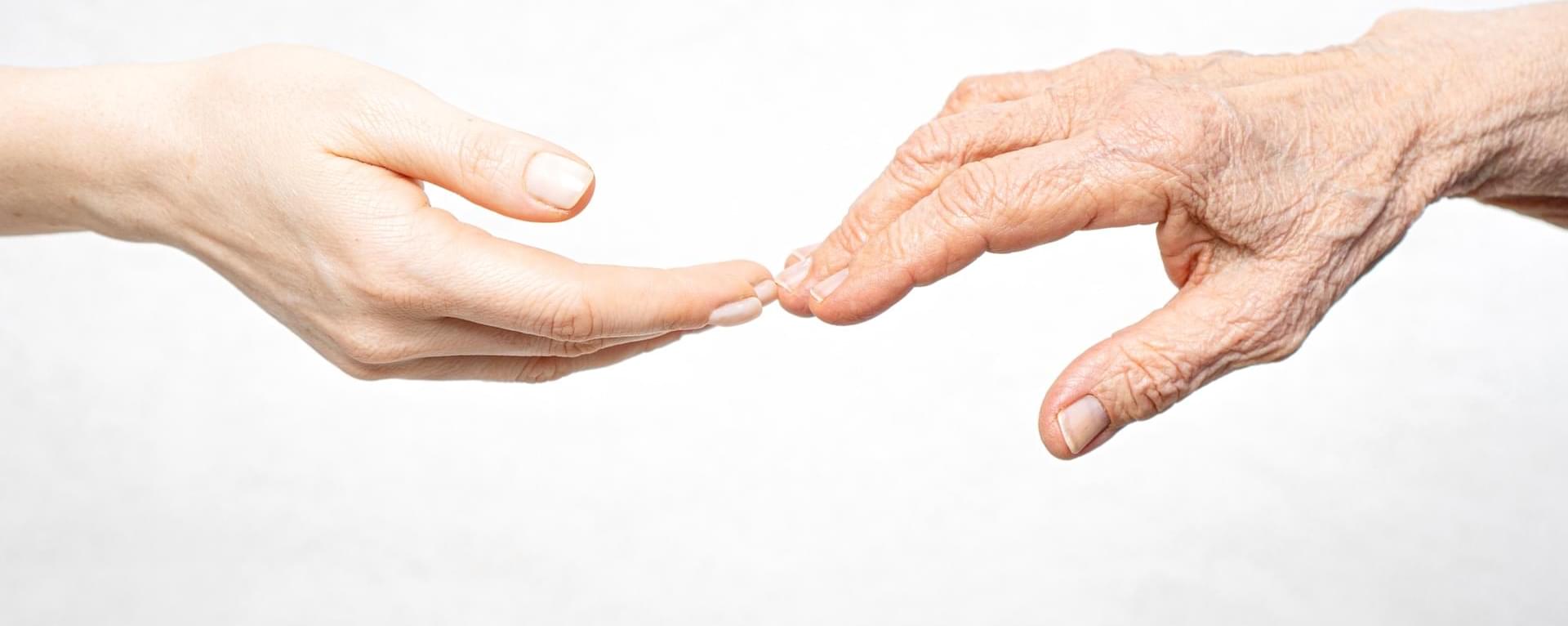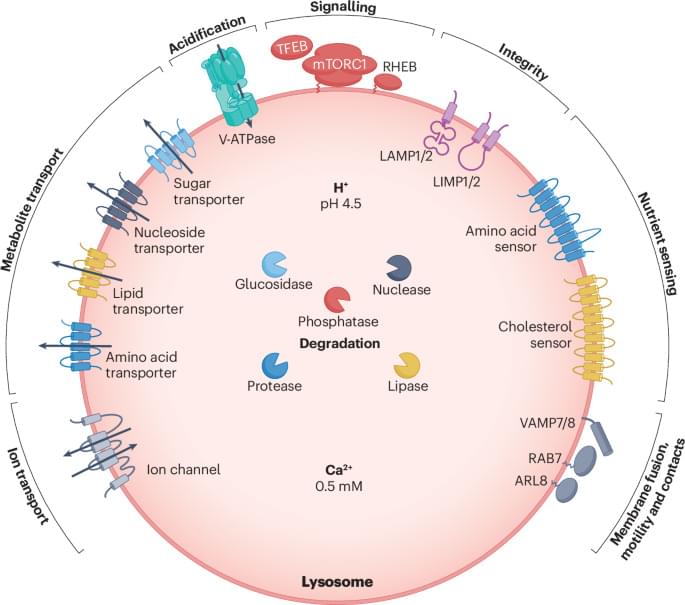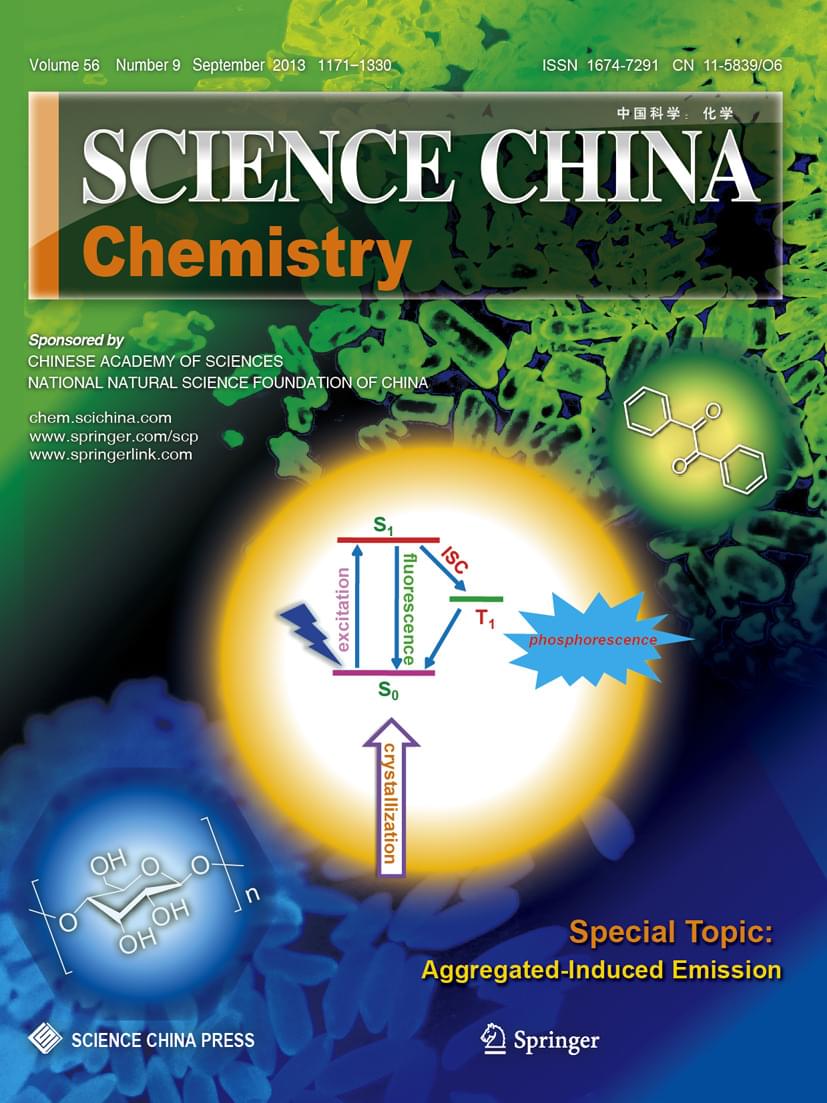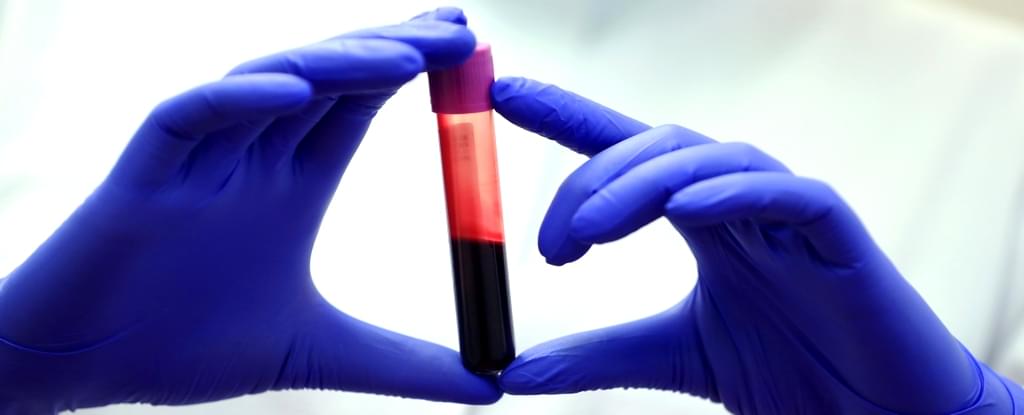Longevity biotech giant Altos Labs has appointed Dr Joan Mannick as its Chief Medical Officer and head of product development, signaling a shift toward advancing clinical programs based on the company’s cellular rejuvenation technology. As Life Biosciences reportedly prepares to enter clinical trials with its partial epigenetic reprogramming candidate, is Altos about to join the party?
Altos, which launched with $3 billion in funding in 2022, is focused on reversing disease and age-related decline by restoring cellular health through partial epigenetic reprogramming, a technique inspired by the work of Nobel laureate Shinya Yamanaka and Juan Carlos Izpisua Belmonte. The company’s approach, which reverts cells toward a youthful state without altering their identity, has demonstrated benefits in animal models, extending both lifespan and healthspan in mice.
Although Altos has not yet launched human trials, the appointment of Mannick, who has significant experience designing and running clinical programs in aging biology, indicates the company is shifting into clinical applications of its technology. She will operate within Altos’ Institute of Medicine, collaborating with discovery and development teams to shape the clinical direction of its therapies.








